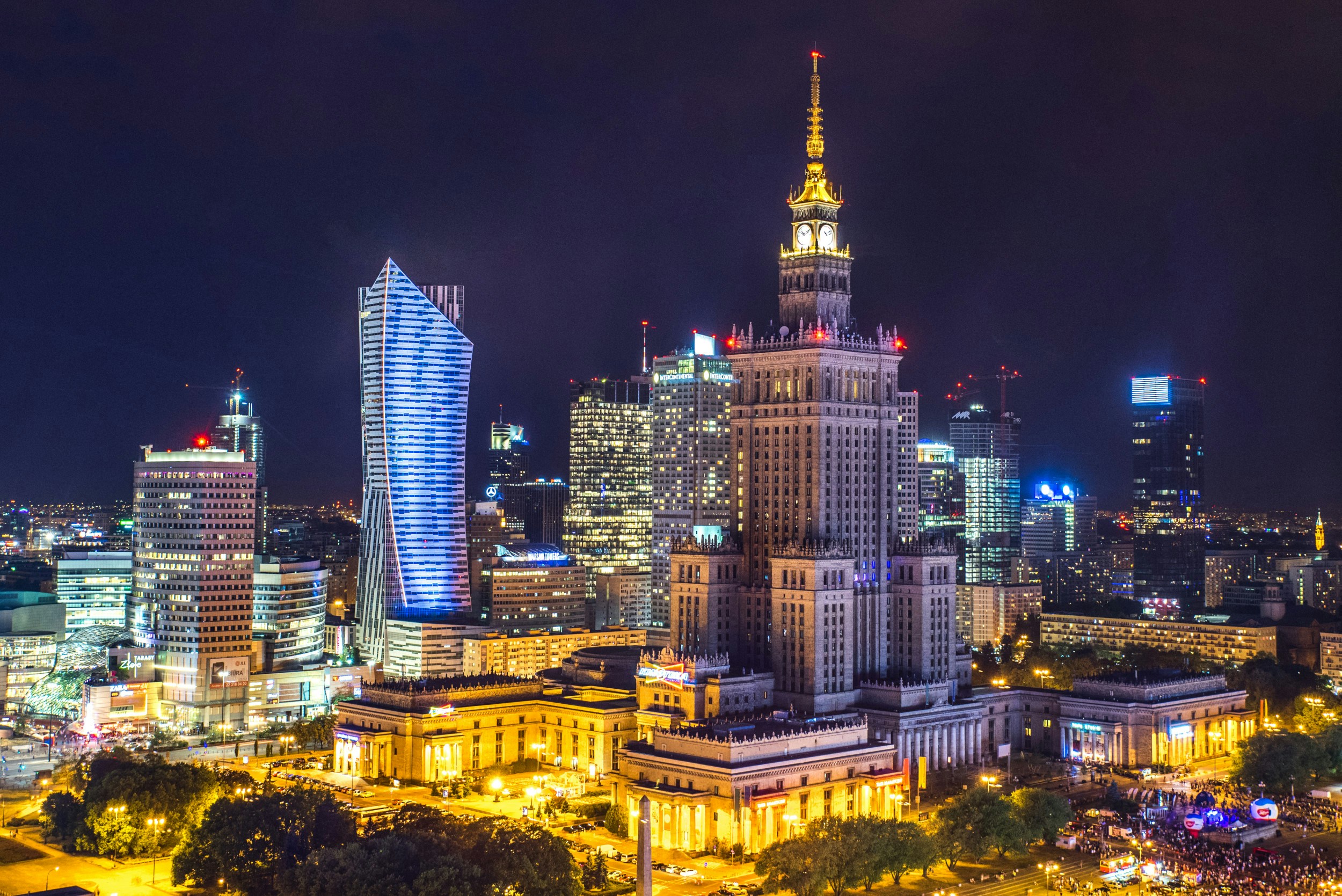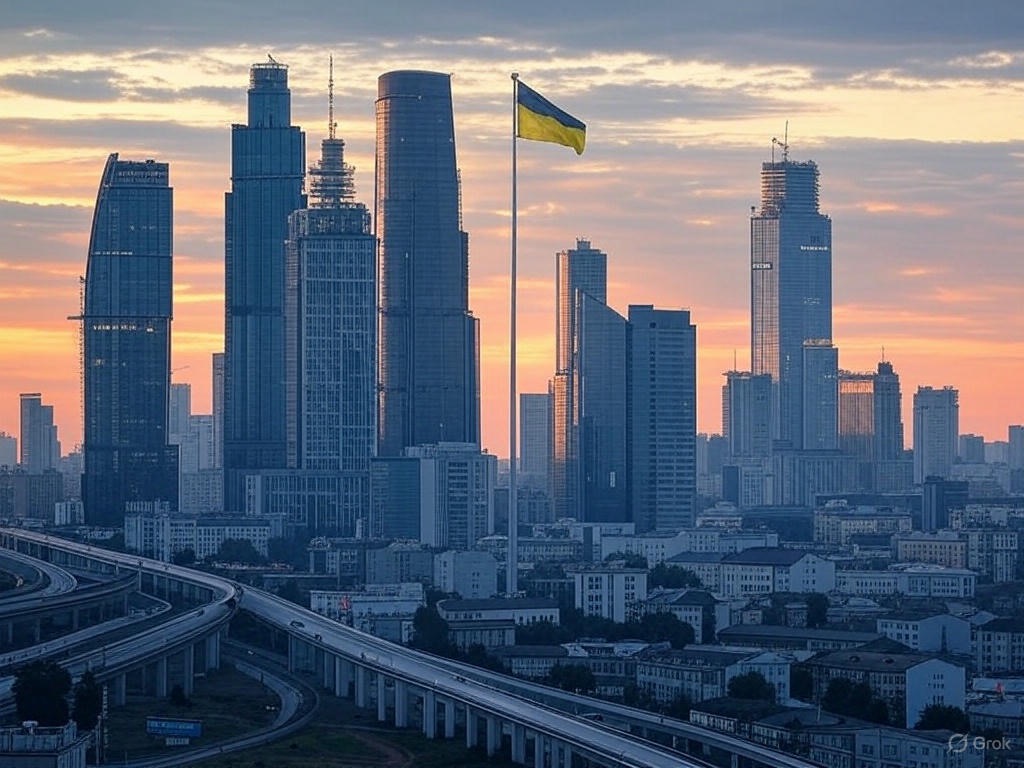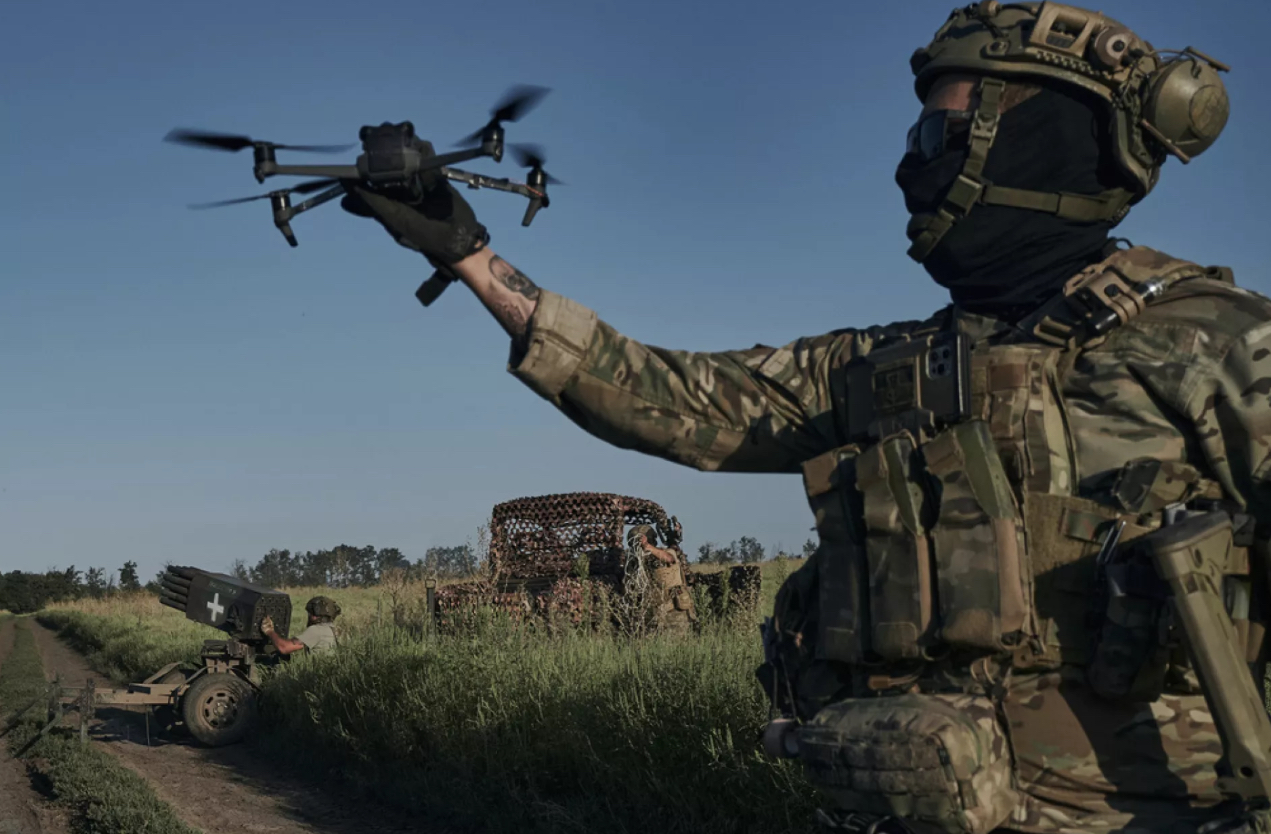When the Iron Curtain fell in 1989, few predicted that Poland, long overshadowed by larger neighbors and scarred by war and communism, would rise to become one of Europe’s most resilient economies. More than three decades later, the country of 38 million sits comfortably in the European Union’s top tier for growth, boasts a modern manufacturing base, and serves as NATO’s eastern bulwark. Its story is one of steady reinvention: coal and shipyards gave way to cars and computer code; today, offshore wind farms and battery “gigafactories” crowd the horizon. Yet Poland’s next chapter hinges on how deftly it can balance ambition with the pressures of geopolitics, green transition, and social change.
An Economy Built on Consistency
Poland’s most remarkable feat may be its record of almost uninterrupted growth 28 straight years until the pandemic triggered a brief contraction in 2020. Even that downturn was shallow compared with much of Europe, and output rebounded 4.9 percent in 2022. Headwinds remain: double-digit inflation in 2022 shook household budgets, prompting the National Bank of Poland to drive interest rates to 6.75 percent. But inflation has begun a downward glide, the złoty has avoided wild swings, and public debt holds at roughly 53 percent of GDP, comfortable by EU standards. Analysts expect growth to settle around three percent by mid-decade, powered by consumption, export manufacturing, and EU recovery funds.
Politics: A Tug-of-War, Not a Breakdown
Warsaw’s streets have hosted their share of protests in recent years, from judicial reforms to women’s rights. The conservative Law and Justice (PiS) party’s 2015–2023 tenure strained relations with Brussels over rule-of-law concerns, delaying billions in EU grants. Yet Poland’s democracy, now under a centrist coalition, proved durable, institutions remained intact, and no modern instance of foreign-asset expropriation has occurred. Crucially, the country’s strategic alignment never wavered: Poland is a frontline NATO member, a key conduit for aid to Ukraine, and a dependable participant in EU sanctions against Russia. That combination of internal debate and external reliability shapes a political landscape best described as vigorous rather than unstable.
Rules of Engagement for Global Enterprise
Foreign capital finds Poland broadly welcoming. National treatment is the rule; 100 percent foreign ownership is allowed in most sectors, and profit repatriation faces no capital controls. Corporate tax sits at 19 percent, with 9 percent available to small enterprises, while special economic zones grant multiyear tax holidays for qualifying projects. Restrictions are limited to a few “strategic” fields-media, aviation, farmland. ,and a screening mechanism that filters investments originating outside the OECD or EU. Arbitration-friendly treaties blanket the legal terrain, Poland is party to the New York Convention and ICSID, and outright nationalisation is confined to history books. Bureaucracy can be sluggish, company registration still ranks middling globally, but digitisation is cutting red tape year by year.
Sectors on the Ascent
Renewable energy tops the opportunity list. Still reliant on coal for roughly two-fifths of electricity, Poland plans up to 11 GW of offshore wind this decade, expanded solar and onshore turbines, and billions in grid upgrades. A 15-year contract-for-difference scheme guarantees prices for new green power, while EU climate funds foot part of the bill. Components, storage, green hydrogen, and grid technology are all in demand.
Advanced manufacturing is already a Polish trademark. From Fiat in the 1990s to Mercedes engines and Intel’s forthcoming chip-packaging plant, production has climbed the value ladder. The electric-vehicle supply chain is gathering speed: LG runs one of Europe’s largest battery factories near Wrocław, and smaller plants for cathodes, modules, and chargers are springing up along Germany-facing highways.
Defence and aerospace have surged since Russia’s invasion of Ukraine. Poland is lifting defence spending to four percent of GDP, highest in NATO, and insists on local production for many procurements. Joint ventures now roll out howitzers, drones, and vehicle components, with jobs and technology transfers embedded in the contracts.
Tech and fintech ride a different wave: talent. Polish programmers regularly place near the top of global coding contests; English proficiency ranks 13th worldwide. International firms quietly run thousands of back-office and R&D jobs from Polish cities, and a vibrant start-up scene, boosted by EU digital funds and a sandbox regime for new financial products, keeps talent at home.
Infrastructure and logistics form the connective tissue. Motorways link the Baltic ports of Gdańsk and Gdynia with Berlin and Prague; a $9 billion central airport and high-speed rail hub are slated for late this decade. Real-estate developers have capitalised on e-commerce growth with a belt of warehouses across central Poland, turning the country into one of Europe’s busiest distribution corridors.
Other niches—from agribusiness and food processing to tourism and mineral recycling—round out a diversified industrial map. Each carries its own hurdles (land-purchase rules for farming, zoning headaches for hotels, environmental permits for mining) but none carry systemic blockers.
Risk Factors: Manageable but Real
Policy oscillation remains the top domestic hazard. Sudden retailer or bank levies introduced in 2016 and a near-miss media ownership law in 2021 still echo in boardrooms. The new government promises consultation and EU alignment, but election cycles can reopen old debates. Staying alert to legislative calendars is essential.
Currency swings pose another watchpoint. Poland is unlikely to adopt the euro before 2030, leaving revenues in złoty exposed to global sentiment. The currency has held a moderate band for a decade, yet spikes during crises, COVID-19, the invasion of Ukraine, remind businesses to hedge.
Regional security risk is ever-present given the war next door. While NATO shields Polish territory, spill-overs, from refugee surges to temporary airspace closures, have operational impacts. Paradoxically, the conflict has also channelled production from Ukraine and Belarus into Poland, underscoring the country’s role as a regional safe haven.
Labour shortages and wages constitute the flipside of near-full employment. Rising minimum wages and competition for engineers can erode cost advantages, though immigration, from Ukraine, Belarus, and beyond, helps fill gaps. Automation, training partnerships, and attractive work cultures are increasingly part of the Polish business playbook.
Regulatory evolution, especially around the European Union’s climate and digital agendas, will tighten over time. Plants reliant on high carbon output face EU Emissions Trading Scheme costs, while data-heavy enterprises must navigate GDPR and its forthcoming AI counterpart. Early compliance, however, can earn a head-start on rivals and dovetails with Poland’s push to climb further up the value chain.
How Poland Compares
Measured against its Central-European peers, Poland claims the broadest domestic market, the deepest workforce, and the only seaport network. The Czech Republic edges ahead on red-tape efficiency but lacks Poland’s scale; Hungary flaunts low corporate tax yet carries higher policy uncertainty; Romania offers bargain wages but lags on infrastructure. Across the board, Poland scores as the region’s most balanced package of opportunity and reliability.
Paths Ahead: Three Visions
In an optimistic trajectory, war ends, inflation fades, EU funds flow unimpeded, and Poland cements itself as Europe’s green-tech workshop and Ukraine’s reconstruction hub. Growth holds near four percent, and discussions about adopting the euro resurface by 2030.
A base-case future sees moderate global expansion, steady though slower growth at home, and incremental reforms. Poland keeps converging toward Western European living standards, renewables and near-shoring continue apace, and defence spending stays high but stable.
The pessimistic path imagines prolonged conflict, stagflation, and a nationalist policy swing that re-ignites tension with Brussels. Growth could stall near one percent, and project pipelines thin out while businesses wait for clarity. Even here, EU membership and NATO security blankets prevent a return to systemic crisis.
Portrait of a Nation in Motion
Poland today is many things at once: a coal-heavy energy system racing toward offshore wind; a conservative society cultivating world-class coders; a market economy still wrestling with the legacies of state intervention. It is large enough to set continental trends yet nimble enough to pivot when circumstances demand. Above all, it is proof that steady institutions, strategic geography, and a dose of grit can, over a single generation, rewrite a country’s destiny. As the 2020s unfold, Poland’s challenge is less about catching up and more about deciding what kind of European leader it wants to be—and how boldly it intends to claim that role.
Disclaimer: Important Legal and Regulatory Information
This report is for informational purposes only and should not be construed as financial, investment, legal, tax, or professional advice. The views expressed are purely analytical in nature and do not constitute financial guidance, investment recommendations, or a solicitation to buy, sell, or hold any financial instrument, including but not limited to commodities, securities, derivatives, or cryptocurrencies. No part of this publication should be relied upon for financial or investment decisions, and readers should consult a qualified financial advisor or regulated professional before making any decisions. Bretalon LTD is not authorized or regulated by the UK Financial Conduct Authority (FCA) or any other regulatory body and does not conduct activities requiring authorization under the Financial Services and Markets Act 2000 (FSMA), the FCA Handbook, or any equivalent legislation. We do not provide financial intermediation, investment services or portfolio management services. Any references to market conditions, asset performance, or financial trends are purely informational and nothing in this report should be interpreted as an offer, inducement, invitation, or recommendation to engage in any investment activity or transaction. Bretalon LTD and its affiliates accept no liability for any direct, indirect, incidental, consequential, or punitive damages arising from the use of, reliance on, or inability to use this report. No fiduciary duty, client-advisor relationship, or obligation is formed by accessing this publication, and the information herein is subject to change at any time without notice. External links and references included are for informational purposes only, and Bretalon LTD is not responsible for the content, accuracy, or availability of third-party sources. This report is the intellectual property of Bretalon LTD, and unauthorized reproduction, distribution, modification, resale, or commercial use is strictly prohibited. Limited personal, non-commercial use is permitted, but any unauthorized modifications or attributions are expressly forbidden. By accessing this report, you acknowledge and agree to these terms-if you do not accept them, you should disregard this publication in its entirety.



